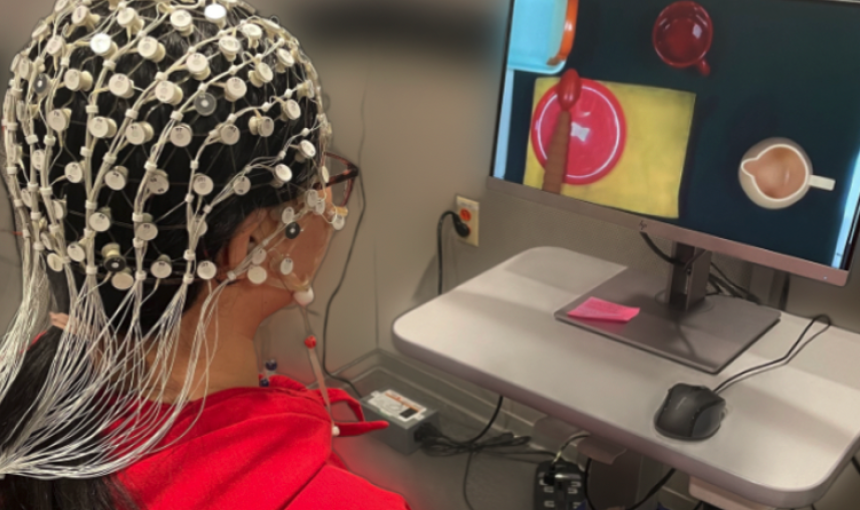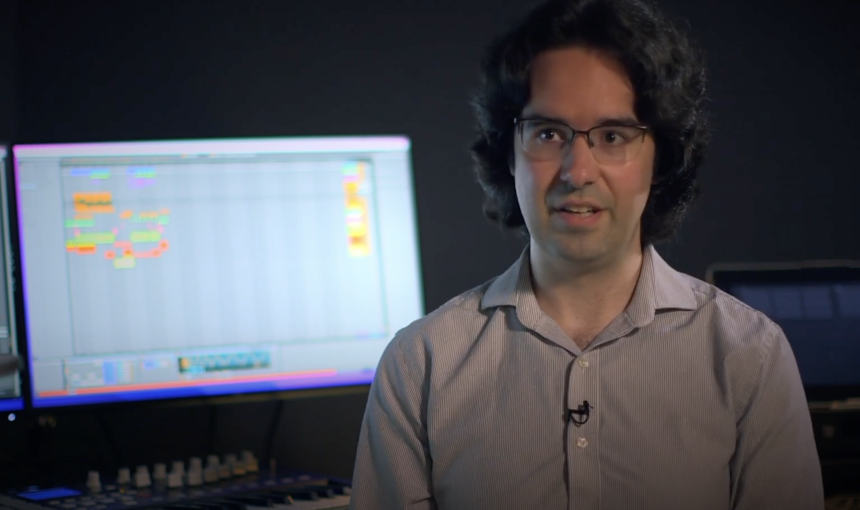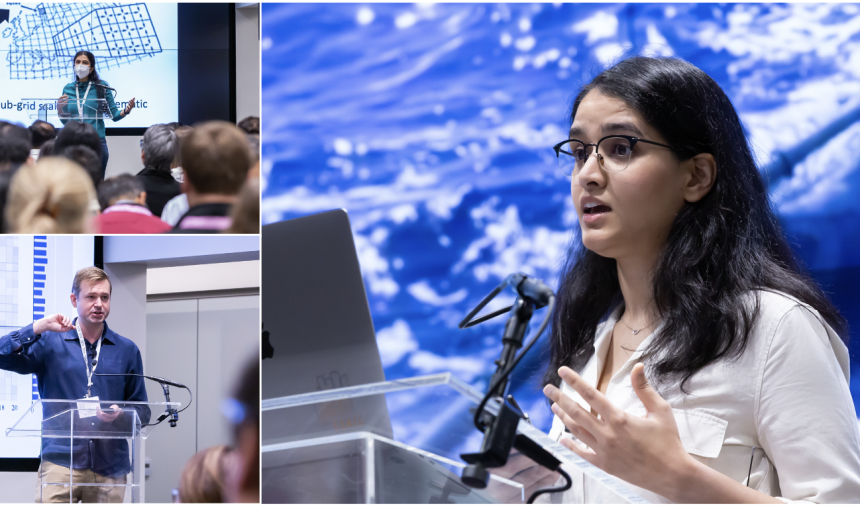Blog
Explore Blog Posts
Davos 2024: Six Takeaways on the AI Conversation at WEF
Stanford HAI leader James Landay joined executives and policymakers in Switzerland for the major economic summit.
Wearable Device Allows Humans To Control Robots with Brain Waves
Wearing a non-invasive, electronic cap that reads the wearer’s EEGs, humans can now command robots to perform a range of...
Hallucinating Law: Legal Mistakes with Large Language Models are Pervasive
A new study finds disturbing and pervasive errors among three popular models on a wide range of legal tasks.
Using NLP to Detect Mental Health Crises
Scholars develop a new model to surface high-risk messages and dramatically reduce the time it takes to reach a patient...
Meet 12 Asteroid Shots in AI
Stanford scholars explore advances in foundation models, explore the next-generation chip, and study causal models at...
What to Expect in AI in 2024
Seven Stanford HAI faculty and fellows predict the biggest stories for next year in artificial intelligence.
13 Biggest AI Stories of 2023
Generative models dominated the year, as calls for policy and transparency heated up.
A Composer’s Helper: Using AI to Create New Harmonies
The Anticipatory Music Transformer assists composers in a way most generative AI cannot.
Unlocking New Frontiers: AI and the Sciences
At Stanford HAI’s recent fall conference, scholars showed how artificial intelligence is opening up new approaches to...
BLASTNet – The First Large Machine Learning Dataset for Fundamental Fluid Dynamics
By collecting data from the field of computational fluid dynamics into a single dataset, AI researchers at Stanford hope...
By the Numbers: Tracking The AI Executive Order
New Stanford tracker analyzes the 150 requirements of the White House Executive Order on AI and offers new insights into...
AI, Ethics, and Public Service: Bridging the Gap through Stanford HAI’s Fellowship Program
HAI’s first cohort of Tech Ethics & Policy fellows helped develop the White House executive order on AI, reassessed...











